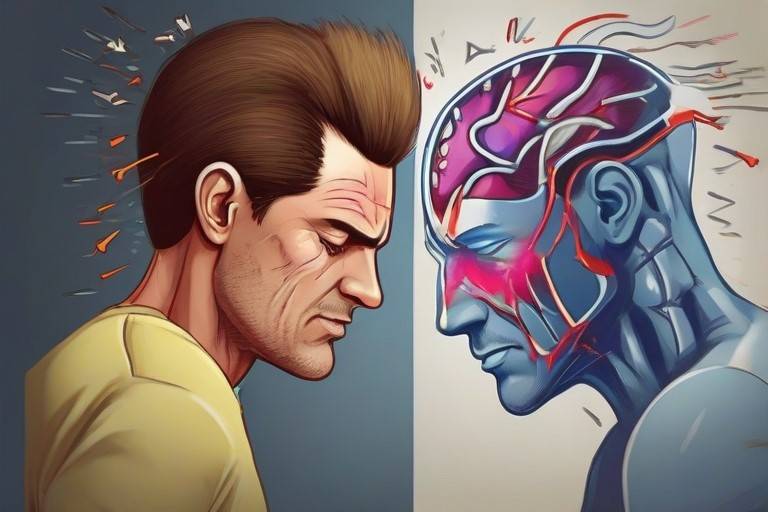Migraines vs Headaches: How to Tell the Difference
Learn how to distinguish migraine vs headache pain through subtle symptom differences like severity, location, triggers and ideal treatments for each condition.
Key Takeaways: Migraine vs Headache
| Migraine | Headache |
| Throbbing, pounding pain often on one side | Dull, constant pain on both sides of the head |
| Pain worsens with activity | Pain may lessen with activity |
| Nausea, vomiting, light/sound sensitivity | Lack of associated symptoms |
| Lasting hours to days | Lasting minutes to hours |
Head pain is an exceedingly common problem – over 50 million Americans suffer from headaches and migraines. But despite some overlapping symptoms, migraine vs headache conditions have distinct characteristics, triggers, and treatments.
Migraine vs Headache. Understanding the differences is crucial for both proper diagnosis and finding the right relief. This in-depth guide unmasks what sets migraine and headache pain apart. Learn to identify and address your symptoms effectively.
Distinct Symptoms: Migraine vs Headache
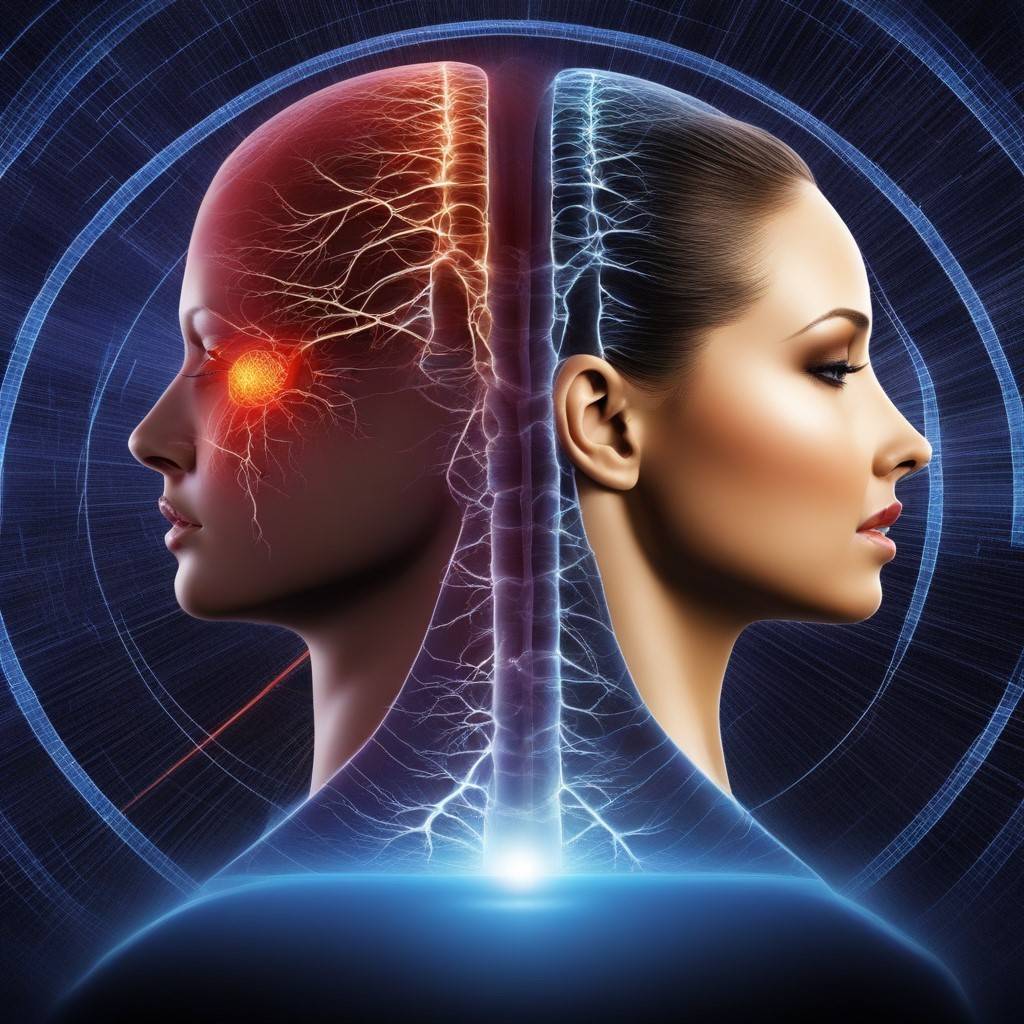
While any head pain is unpleasant, several key factors differentiate a migraine attack from a headache:
Pain Location & Type
- A migraine usually causes moderate to severe throbbing pain, often focused on one side of the head.
- A headache often causes a dull ache felt evenly on both sides of the head.
Other Symptoms
- Migraines spawn other symptoms like nausea, vomiting, aura vision changes, and light/sound sensitivity.
- Headaches generally lack additional symptoms beyond the head pain itself.
Attack Duration
- A migraine attack can grind on for hours or even days.
- Most tension headaches last anywhere from 30 minutes to several hours.
Activity Impact
- Migraine pain often worsens with any activity requiring concentration or effort. Sufferers prefer to rest in a dark room.
- Although not pleasant, people can often continue normal activities with a headache. Light activity like walking may even help relieve headache pain.
Clearly understanding these symptom differences is the first step in determining whether you have a migraine or run-of-the-mill headache.
Common Triggers: Migraine vs Headache
Migraine vs Headache. While symptoms differ, both share some triggers. Yet, each has unique triggers. Keep it simple to understand the distinctions.
Migraine Triggers
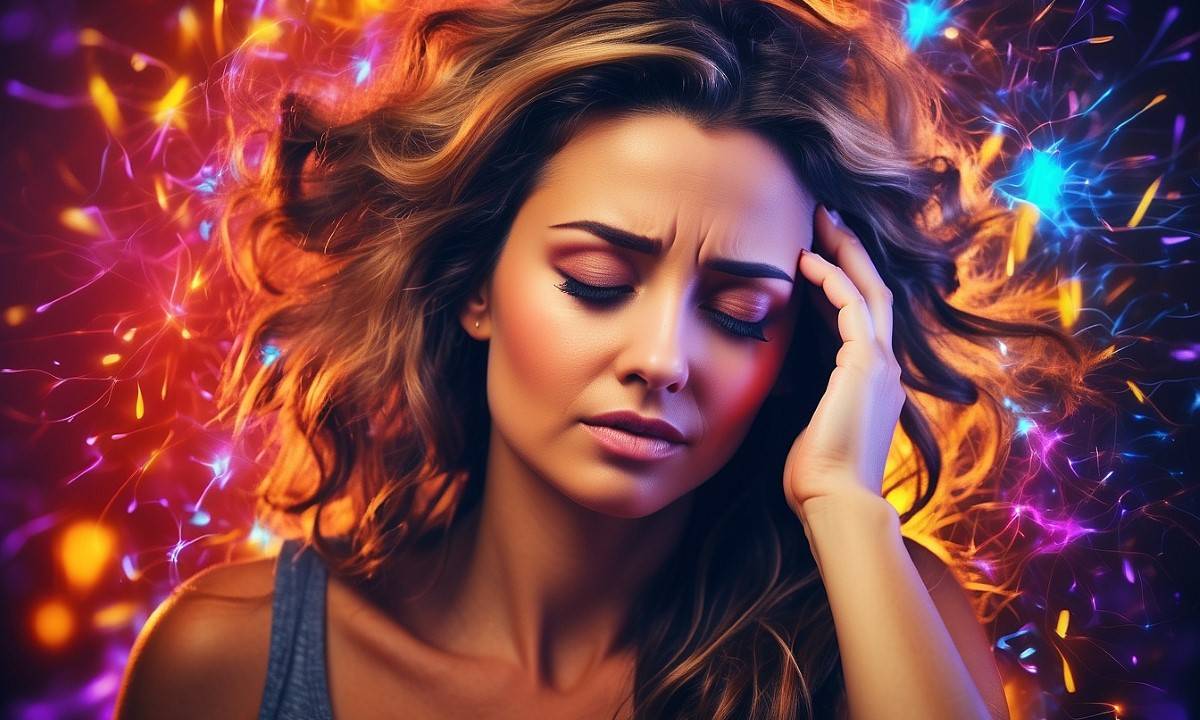
Triggers provoking the neurological and vascular reactions behind migraines include:
- Hormonal changes – especially in women due to menses, pregnancy, menopause
- Emotional stressors – work problems, financial stress, relationship issues
- Sensory overload – bright screens/lights, loud sounds, strong smells
- Sleep issues – too much/little sleep, inconsistent sleep cycles
- Some foods – alcohol, caffeine, chocolate, processed meats
- Weather changes – drops in barometric pressure
- Physical triggers – intense exercise, shoulder/neck tension, teeth clenching
Headache Triggers
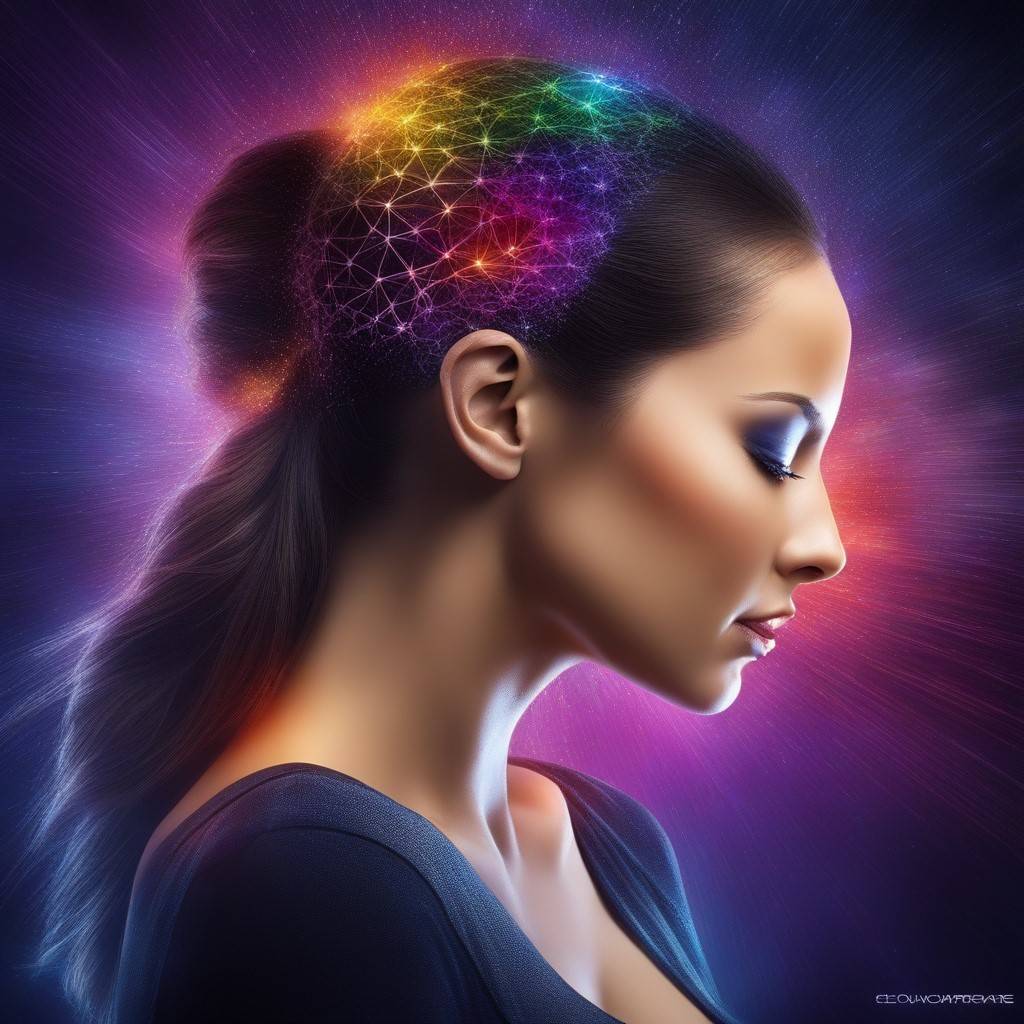
Factors specifically triggering tension and other headaches include:
- Emotional stress – contracts scalp and neck muscles
- Dehydration – reduces blood volume and oxygen flow
- Muscle tension – strains neck, and scalp muscles
- Poor posture – strains muscles and pinches nerves
- Foods – caffeine, MSG, nitrites, artificial sweeteners
- Lack of quality sleep – reduces oxygen circulation
- Medical conditions – infections, hypertension, stroke symptoms
- Medication overuse – rebound effects from frequent OTC painkiller use
Migraine vs Headache. Keeping a symptom journal is important. Note triggers, symptoms, and treatments to understand your unique head pain patterns.
Diagnosing: Migraine vs Headache
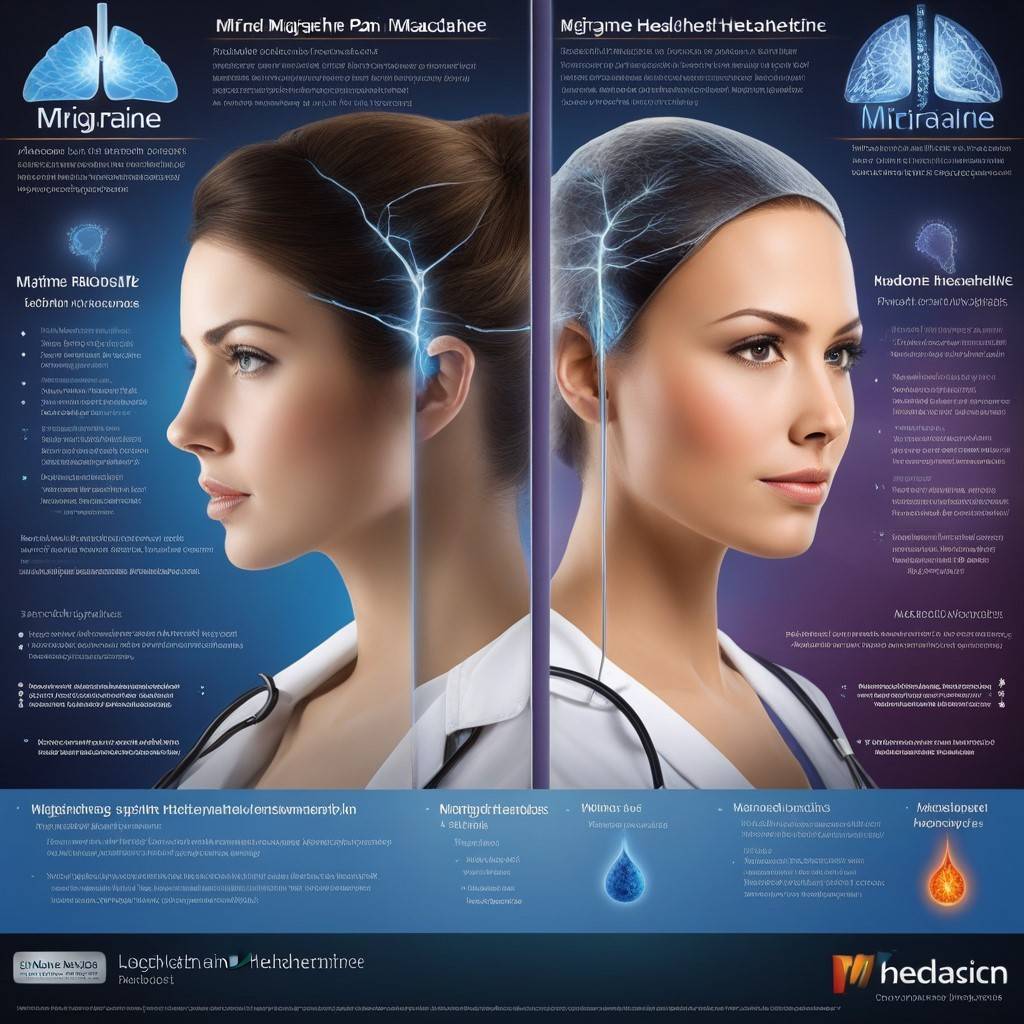
Migraine vs Headache. Confirming an accurate diagnosis is crucial because the best treatments differ between the two types of pain. Keep it simple and effective for better relief.
Diagnostic methods may include:
- A thorough review of medical history – ask about family history, specific triggers, previous treatments, etc.
- Headache journal analysis – track pain characteristics, location, triggers and timing.
- Physical neurological examination – checks reflexes, nerve function, balance and coordination.
- Imaging tests – CT, MRI and angiogram scans help rule out aneurysms, tumours or other brain issues causing symptoms.
- Blood tests – screens for potential infections or medical conditions provoking head pain.
| Symptom | Migraine | Tension Headache |
| Location | One side | Both sides |
| Quality | Throbbing | Tight pressure |
| Intensity | Severe, disabling | Mild to moderate |
| Other Sx | Light/sound sensitivity, nausea | None |
| Duration | 4 hrs – 3 days | 30 mins – 1 week |
| Triggers | Hormones, foods, sleep changes | Mental stress, neck tension |
Migraine vs Headache. Properly distinguishing migraines from headaches is essential. It helps create specific treatment plans for the best relief from each type of head pain. Keep it simple for effective solutions.
Migraine Treatments: Stopping Attacks
Conquering migraines requires preventing attacks before they start as well as safely alleviating symptoms once a migraine strikes.
Migraine Prevention Approaches
Preventative therapies may include:
- Prescription preventative medications – beta blockers, tricyclic antidepressants, anti-seizure meds and Botox injections
- Vitamins & supplements – Riboflavin (B2), magnesium, Coenzyme Q10 show some benefits
- Acupuncture – regulates energy flow reducing attack frequency for some
- Biofeedback – teaches patients to voluntarily control nervous system responses like heart rate
- Stress reduction – yoga, meditation, massage, better sleep, and relaxation techniques
Aborting Acute Migraine Symptoms
For severe migraine attacks, treatment focuses on restoring neurological function and reducing inflammation:
- Over-the-counter meds – Excedrin Migraine, ibuprofen (Advil), naproxen (Aleve)
- Prescription pain meds – triptans like sumatriptan (Imitrex) plus antinausea agents
- Cold therapy – ice packs constrict swollen blood vessels and numb pain
- Dark, quiet room – allows nervous system relief from sensory overload
Keeping a journal tracking migraine timing, triggers, and treatment effectiveness helps determine the best-personalized prevention and relief regimen.
Headache Relief Options
Most tension headaches and minor head pain respond well to simple home remedies and OTC medications:
- OTC pain relievers – acetaminophen, ibuprofen, aspirin, naproxen
- Apply hot/cold packs to the neck and shoulders
- Hydration – water, electrolyte sports drinks
- Healthy habits – limited caffeine, alcohol, and triggers
- Stress relief – meditation, yoga, counselling, journaling
- Posture fixes – proper ergonomics, stretch breaks
Seeking medical attention for chronic headaches helps identify potential underlying illnesses requiring treatment. Prescription medications may also help resolve pain not responding to lifestyle measures.
The Bottom Line: Migraine vs Headache
In both migraines and headaches, understanding subtle but important symptomatic differences is key to determining the most effective personalized prevention, relief, and treatment strategies. Migraine vs Headache. Tracking pain characteristics and potential triggers in a journal speeds accurate diagnosis. An integrated treatment plan, including both medication and healthy lifestyle changes, helps minimize migraine and headache attacks – making it easier to get back to enjoying life. Migraine vs Headache.
FAQs about Migraine vs Headache
Here are the common frequently asked questions about “Migraine vs Headache” and the best answers.
How can I tell a headache and migraine apart?
Headache: Feels like a dull, all-over pain in your head. It’s annoying but you can usually still do your things.
- Migraine: This one’s a throbbing pain, usually on one side of your head. It often comes with extra troubles like feeling sick, being extra sensitive to light and sound, or seeing weird light patterns.
So, if it’s a mild, all-over pain, it’s likely a headache. But if it’s a strong, one-sided pain with those extra symptoms, it’s probably a migraine. If you’re not sure or if it’s bothering you, best to check with a doctor.
How do you know if it’s a migraine or headache?
Telling a migraine and headache apart can be tricky! But some key things to watch for: migraines usually cause throbbing pain on one side of your head and may come with other symptoms like nausea or sensitivity to light/sound. Headaches tend to be a duller, evenly spread-out pain without those extra symptoms. Pay attention to your pattern of symptoms to help figure out which you get more often.
Is migraine more serious than headache?
For many people, migraines do seem more severe and disabling than an average tension headache. The pain can be bad enough that you can’t work or socialize until it goes away. But there’s a wide range when it comes to headaches too. Getting an accurate diagnosis is important, as treatment that works for migraines may be different than for headaches. Don’t hesitate to see your doctor if your head pain is ruining your quality of life.
Can migraine be cured?
There’s no definitive “cure” for migraines yet. The good news is many people find their migraine attacks happen less often if they avoid personal triggers and use preventative medications or supplements. When you do get a migraine, having go-to acute pain relief medication on hand helps take the edge off fast. Staying hydrated, reducing stress, getting enough sleep, and keeping a symptom journal also go a long way in managing migraines.
How to avoid migraine?
Pinpointing and steering clear of your unique migraine triggers is key to having fewer attacks. For many people this means limiting alcohol, getting regular exercise/sleep, managing stress through yoga or meditation, and avoiding patterned visual triggers. Birth control pills can help women prevent menstrual migraine flares. Staying on top of headaches when they start rather than letting them escalate also prevents some migraines. Knowing your patterns makes it easier to head migraines off before they progress!

